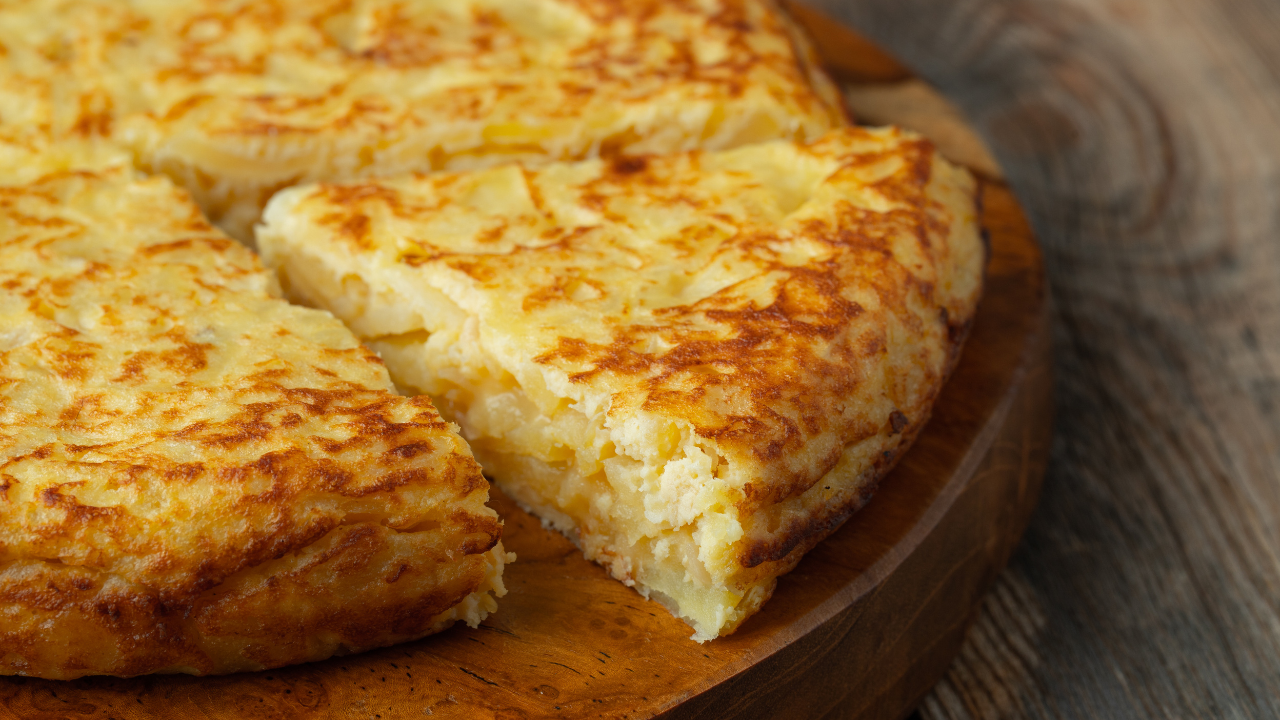Simple to make, difficult to standardize.
Just like with sushi, what appears to be simple hides great difficulty. It’s not hard to make tortillas. Or sushi. What’s hard is ensuring that the food comes out the same every time in the kitchen, without the wise master chef on duty.
Standardizing tortillas is very complex if traditional methods are used, as we have to control variables such as:
– Fire power
– Size of the container
– Number of times and the way it’s flipped
– Duration of each step
– Initial temperature of the dough
So, what do we do?
As with many other preparations, we can develop the cooking process to do it in the oven, where once we have determined the cooking process, we can memorize it and make sure everyone cooks the same. Plus, we can probably make more quantity in the same time.
We talk about “developing processes” because we assume that it doesn’t have to go well the first time. Give yourself some time, the first skillet tortillas wouldn’t be like the ones you make today.
How do we do it?
First, we poach the potato.
For this, we need to coat them well with oil and salt. If we want onion, we can caramelize it in a separate process or add it in this phase, according to taste. For this, we will do two phases:
1. Soften the potato: convection 140º 80% for 20-30 min
2. Browning: dry 180º 20% for 10-15 min
Once we have the soft and browned potato, we mix it with the egg while it’s still hot.
A reference can be: the same amount of liquid egg as poached and drained potato.
Now, let’s cook the mixture:
Depending on the thickness of the tortilla, we must choose between two options.
Thick tortillas: we must ensure that the center is cooked to the desired point without the outside getting too toasted or dried out, so we’ll cook it in two phases and monitor the cooking using the probe instead of time.
– Advance internal cooking without browning: convection 140º 90% until reaching the desired internal temperature.
– Maximize 10 degrees less than the target so it has time to brown without drying out.
– Brown the outside: dry 220º 30%. In this phase, we must monitor that the internal temperature does not increase excessively.
– A reference can be 65º for a juicy and cooked point.
Thin tortillas (under 4cm in height): in this case, we recommend cooking directly at high temperature and low humidity, as the heat will reach the center very quickly and we don’t want to end up with a cooked and pale tortilla.
Here’s a video where we explain everything.
We hope we’ve mentioned everything you need, but if you have any doubts, feel free to write to us.
Regarding the trays and molds for cooking,
Here’s the link to the model we used in the video for mini tortillas.
For large, round tortillas, look for pans with high, vertical walls, non-stick surfaces, and fast heating capabilities.



